Immerse yourself in these four bright destinations with unique local character – they will inspire and reveal the artist in you!
- Santorini: a dream destination
- Procida: a vivid treasure island
- Valletta: beauty in the details
- Trondheim: Nordic elegance
Santorini: a dream destination
Matching the blue and white colours of the Greek flag, the island of Santorini in the southern Aegean Sea gives travellers the quintessence of a Cycladic paradise. Pink bougainvillea flowers peek out from behind blindingly white houses, and bright blue window shutters and doorways line the steep, narrow passageways that are frequently blocked by charismatic, greying men leading charming donkeys by their side.
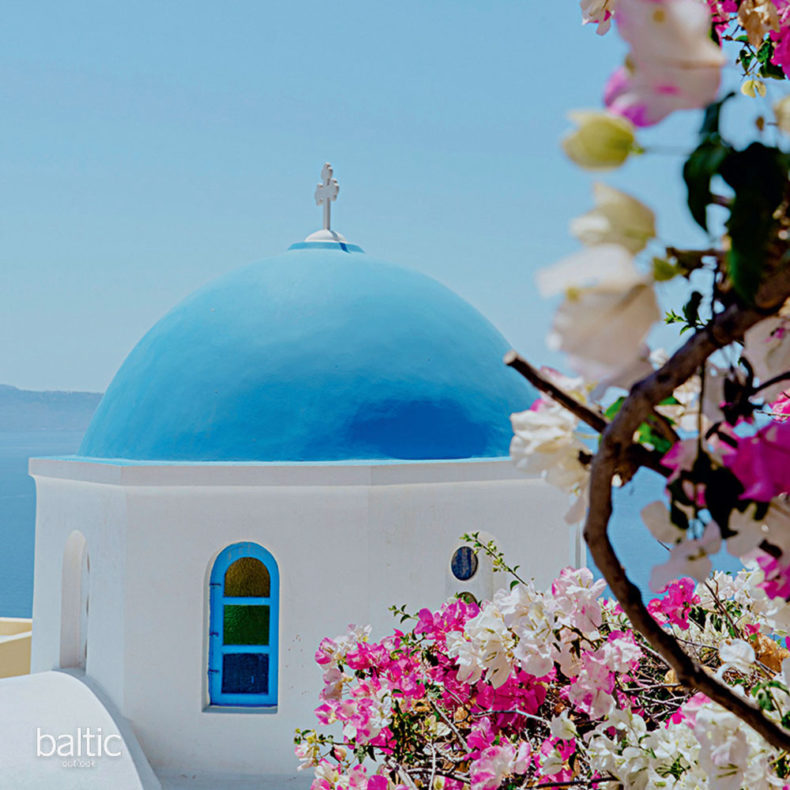
Traditional white Cycladic architecture reflects the blinding Mediterranean sunlight and thus keeps indoor temperatures cooler. The graceful, cubical low-rise houses whitewashed with volcanic ash and limestone are built right next to and even on top of one another to hug the rocky landscape like a glove. Long ago, the islanders carved their homes into the local volcanic rock, essentially sleeping in cave-like spaces. Now this tradition has been given a new life, with some of the old lodgings having been turned into boutique residences.
Fira, the capital of Santorini, is bustling with busy shops and pristine streets on which nearly every door is worth a snapshot. The village of Oia, for its part, lures visitors with magnetic peach-coloured sunsets and also blazing sunrises seen from atop the ruins of the Byzantine Castle of Saint Nicholas. Indeed, staying overnight here to experience the village during the crowd-free hours of early morning rewards one with unforgettable art-like photos and tête-à-tête moments with this Greek marvel.
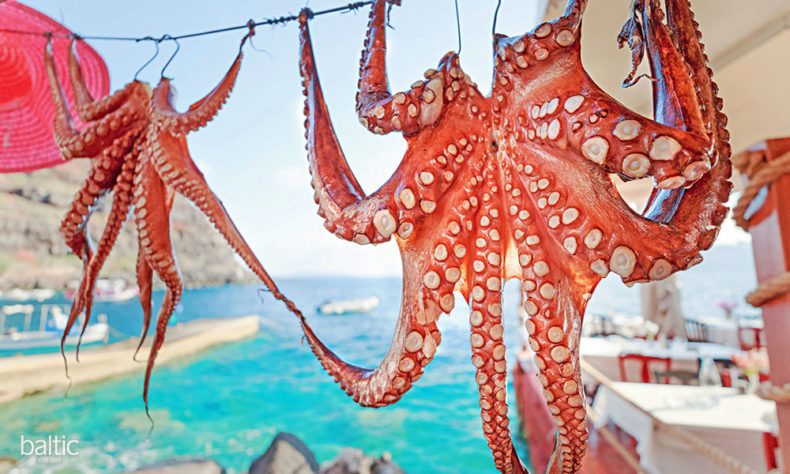
The Church of Saint Spyridon in Oia has the most beautiful blue domes. But the unusually coloured Kastro Oia Houses, a hotel with pastel orange façades that gracefully stand out against the white background, is likewise a favourite of photographers. Windmills are another trademark of Santorini. Dotted all across the windy island, many of them have been converted into unique lodgings, restaurants, and shops.
The optimistic white colour of the buildings on Santorini contrasts with the island’s rough natural environment, such as the red rocks and cliffs at the Red Beach, a hidden gem near the village of Akrotiri. A panoramic clifftop hiking trail links Oia and Fira (with an optional detour to the imposing Skaros Rock) and offers uninterrupted views over the half-moon-shaped bay, which is actually the caldera of an ancient volcano.
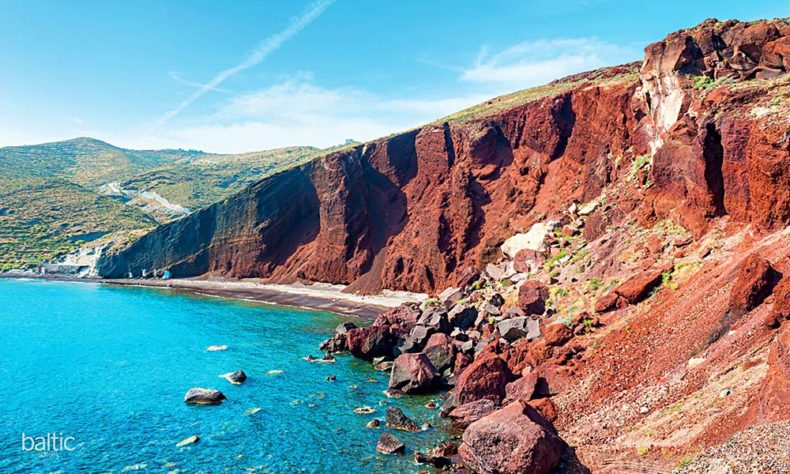
Procida: a vivid treasure island
The Gulf of Naples and Amalfi Coast have some of the most beautiful Mediterranean vistas of all. Hidden in the shadow of the overwhelming popularity of Capri and Ischia, Procida (the third-largest island in the Campanian Archipelago) is a colourful jewel hidden amid the blue canvas of sea and sky. With narrow roads, colourful houses, and a spirit of authenticity, Procida is a place that follows its own tranquil rhythm.
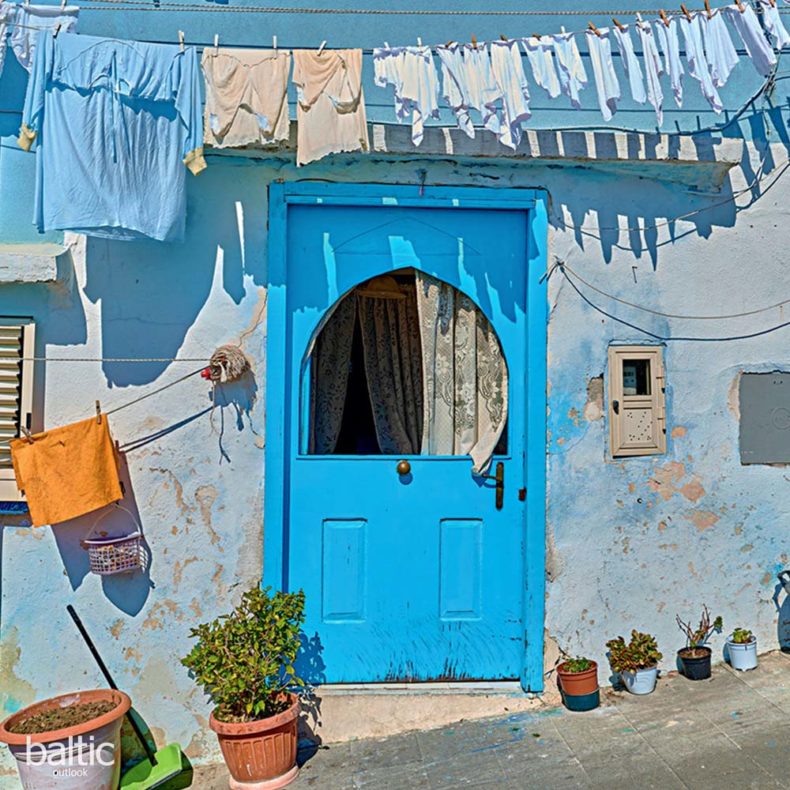
Just four kilometres long, the island of Procida is easy reachable from Naples by ferry in about 40 minutes. The main attraction here is the 17th-century port Marina Corricella, which is the oldest fishing village in the area and boasts houses in every shade of the rainbow nestled up against each other. The paintwork on some of the cube-shaped homes has faded, but that only adds character to the place. Many are painted in delicious pastel shades, but there are also plenty of bright pinks, purples, yellows, oranges, reds, and blues. The village looks as if a bunch of children had fun with a box of crayons! In fact, fishermen intentionally painted their houses in vivid colours so that each would stand out and could be recognised from the sea. Arranged in the shape of an amphitheatre, Marina Corricella also features dozens of small boats and fishing nets – also in a variety of colours – stacked on the quay.
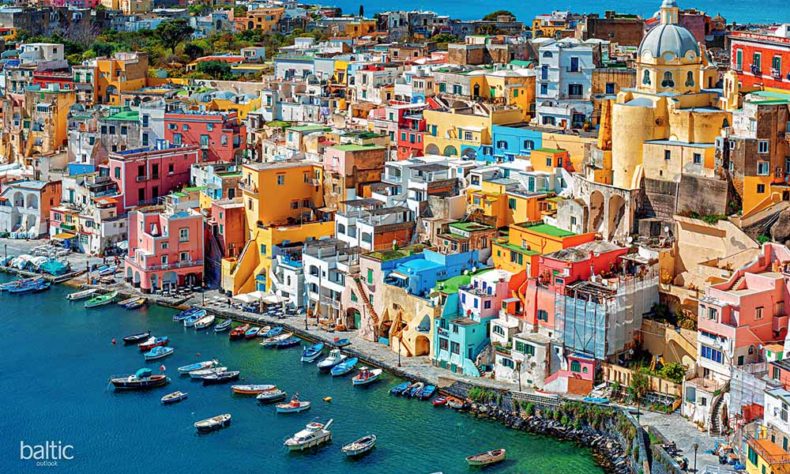
Terra Murata is a medieval fortified village on Procida that sits atop a 90-metre-high hill. Climbing to the top rewards one with the best panoramic views and unforgettable sunsets. For contrast, the long and secluded beaches at Ciraccio and Chiaiolella offer a stunning backdrop of black volcanic sand.
On the Amalfi Coast, it’s all about lemon trees hidden in nooks along narrow streets, and Procida is no exception. A typical sweet here is traditional puff pastry filled with lemon custard. A similar egg-yolk shade appears on the façade of the central Church of Santa Maria delle Grazie. Procida has served as a movie set for such Hollywood hits as Cleopatra (1963) starring Elizabeth Taylor and Richard Burton and The Talented Mr. Ripley (1999), in which the island embodies the essence of the Italian dolce vita holiday.
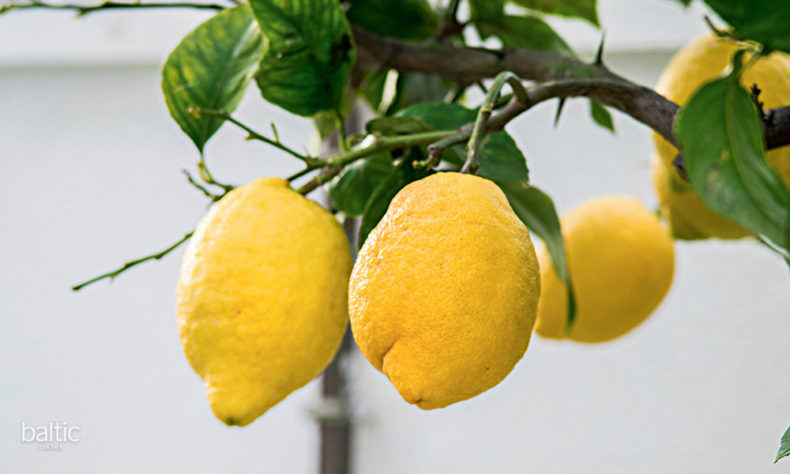
Valletta: beauty in the details
Set on a multicultural crossroads and framed with a gallery of 16th-century Baroque façades, noble palaces, old fortifications, and lush gardens, Valletta is one of Europe’s smallest capitals. One can walk across the widest part of the city in just under 20 minutes, yet its eye-catching scenography demands a much slower pace in order to enjoy every frame.
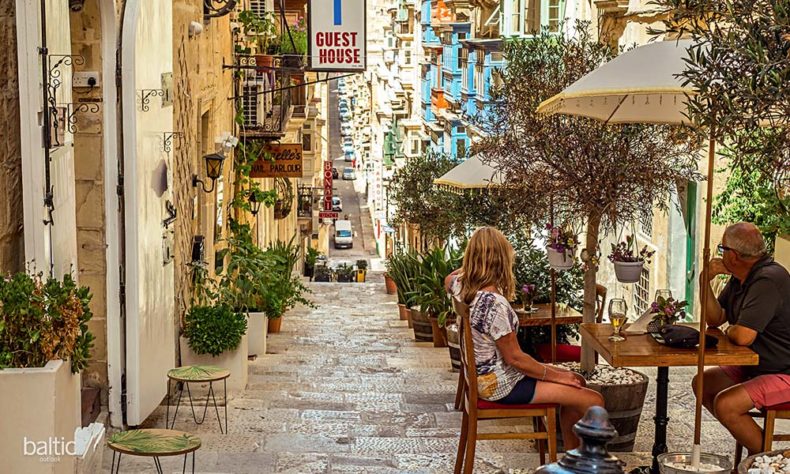
There’s a unique architectural element here that captivates collectors of peculiar urban details, namely, the famous Maltese balconies known as gallariji, or galleries. The longest corner balcony in the capital, which set the tone for further such wooden structures, is the gallery on the Grandmaster’s Palace built in 1679. The tradition of these galleries, adopted from Arab culture, grew stronger in the mid-18th century. One of the functions of the balcony back then was to allow women to enjoy city life while remaining modestly isolated from the eyes of others. It’s exciting to just wander around and imagine the stories and people behind each balcony. What did they see from up there, and what secrets did they keep?
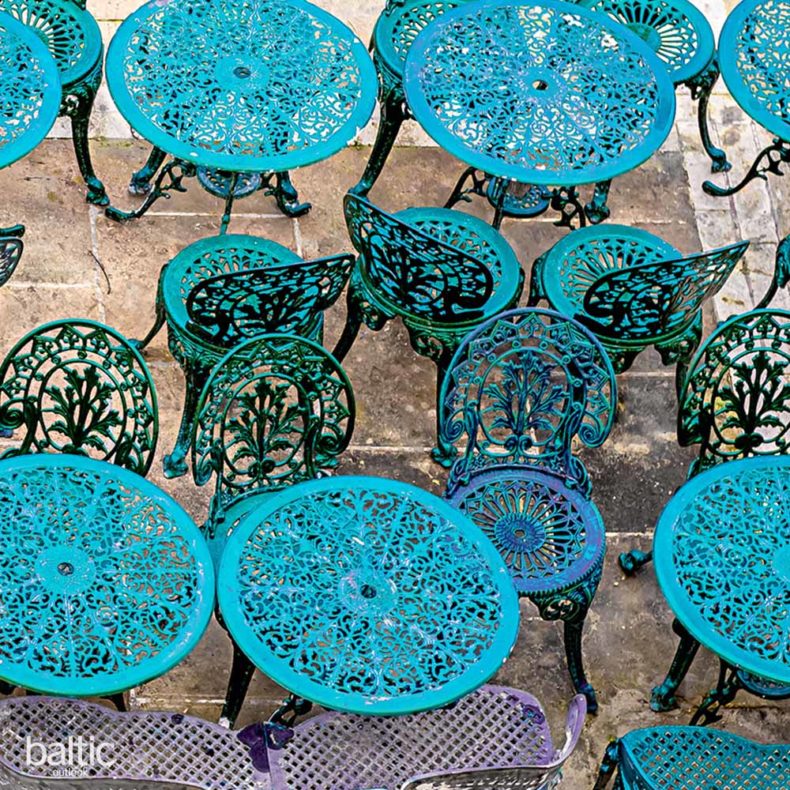
Most of the enclosed balcony boxes jut out from the sandstone façades. Because they are usually made of wood, homeowners began painting them in order to preserve this building material from the harsh rays of the sun. To match the balconies and identify the owners, the doors of the buildings were painted accordingly. The balconies also cast shadows on the streets below, thus making summer in the city more tolerable. A lighter type of balconies made of iron throw ornate shadows on the streets. Priced by purtella (window section), balconies also helped to ventilate indoor spaces on hot days or were used to hang clothes to dry.
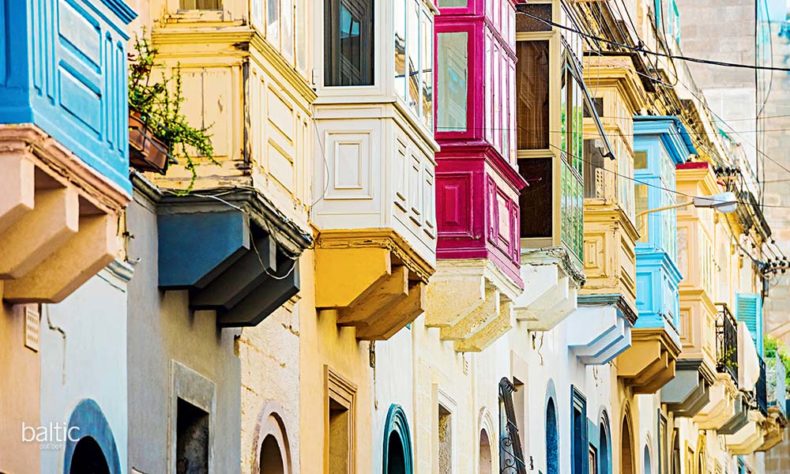
From the older colours of beige, pale yellow, and green, and palette for balconies eventually expanded to include bright red, navy blue, and purple. The oldest balconies rest on ornate supports called saljaturi, which are decorated with foliage, flora and fauna, and sculptural motifs. The more pompous the ornamentation, the more prestigious was the family. Balconies in Valletta define the urban landscape in the most artistic, sincere, and opulent way, and you’ll rarely find two identical ones in the city.
Trondheim: Nordic elegance
Known for Norwegian technological achievements and world-class gastronomic delights, Trondheim sits at the place where the Nidelva River flows into the Trondheim Fjord. This river cuts through the city to create one of the most recognisable postcard-like panoramas in the country. Both banks of the Nidelva are lined with old wooden wharfs and traditional colourful houses, which originally served as warehouses for cargo from all over the world. Despite a number of severe fires, a few of the original buildings constructed in the early 18th century still stand in this outdoor gallery.
The colour palette here includes many yellow, orange, green, pale blue, and red houses. Red paint was historically associated with wealth and success; paradoxically, it was also the cheapest to produce (by mixing fish oil with ochre), which is why fishermen used it a lot. White, on the other hand, was the most expensive paint due to the use of pricey zinc.
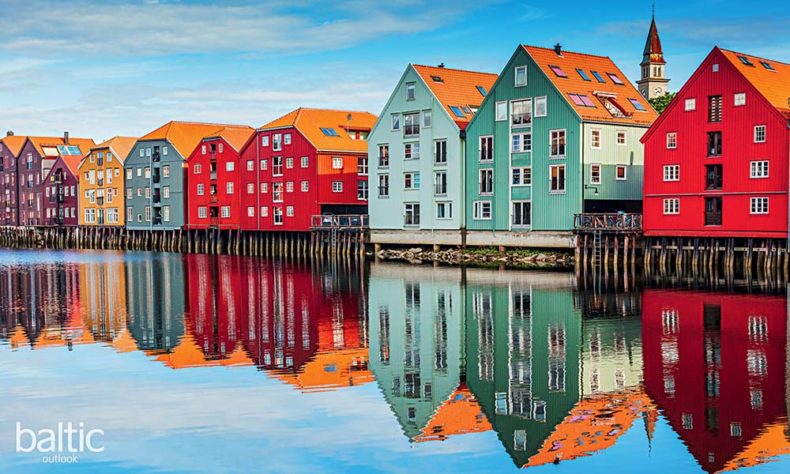
The most exciting way to discover this warehouse panorama is from the water. Urban kayak trips that make their way through Trondheim’s historical centre are organised regularly from May to October. The charming old houses are mirrored in the calm waters, and paddling on the water gives visitors a unique opportunity to discover sites usually hidden from the eyes of hikers on land.
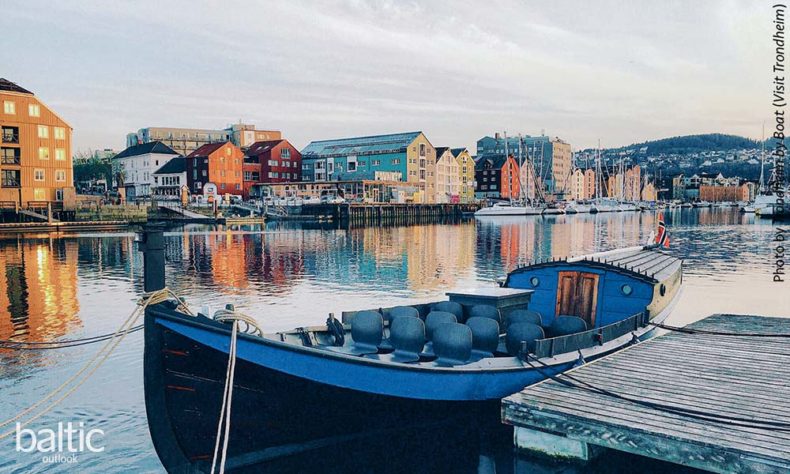
The best place to admire the houses is between the Old Town Bridge – built in 1861 and a beloved spot for photographers – and Bakke Bridge on the Bakklandet neighbourhood side of the river. The narrow cobblestone streets and small wooden homes in this hip and easygoing area were once inhabited by fisherman and craftsmen. Now it’s an appealing meeting point that attracts people with relaxed coffee shops and galleries displaying local art and crafts.
Antikvariatet in Bakklandet is a local icon – the old red house hosts a music café and book bar and is filled with the rhythms of live concerts and the ambience of antiques. The Bakklandet Blomster flower shop is another hit for atmospheric shots and souvenirs to bring home. Right next to house number 10 on Nedre Bakklandet Street is a beautiful lookout point where you can snap a couple of great photos and meditate on the waterfront while the locals fish in the river.
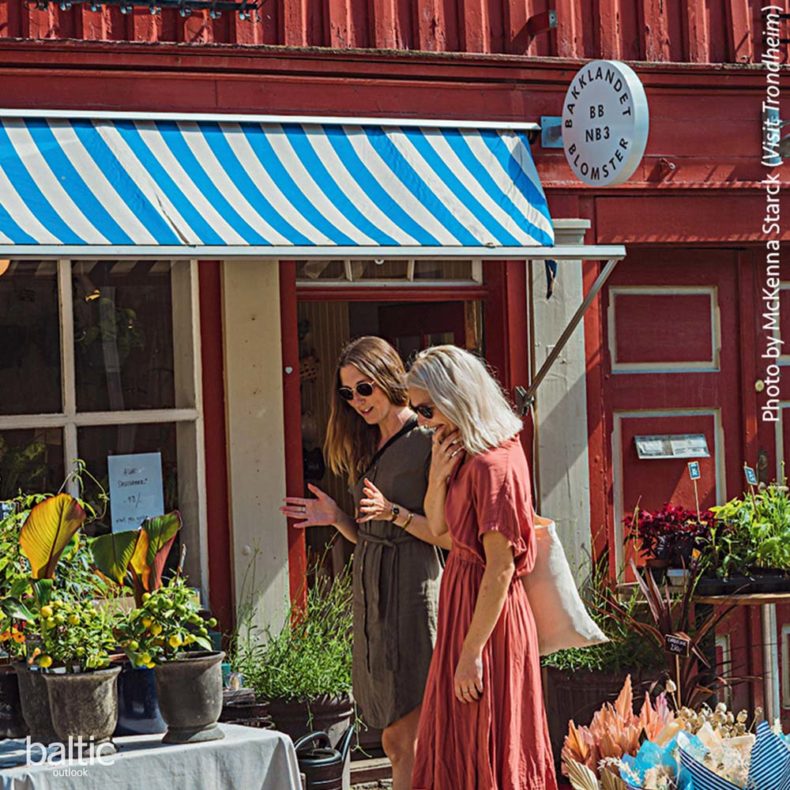
Read more about authentic travel experiences in Baltic Outlook.